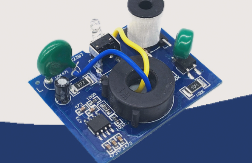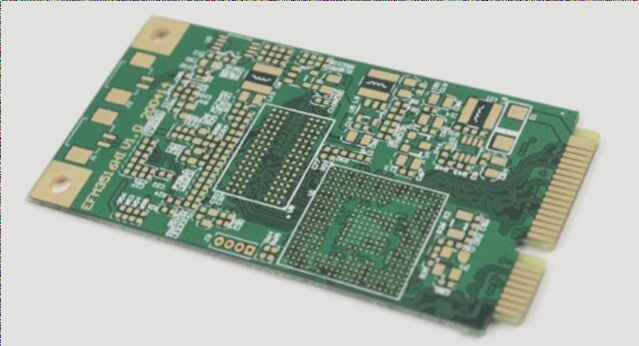The Growing Demand for FPC/PCB Circuit Boards
With the increasing need for FPC/PCB circuit boards in the mobile phone, electronics, and communication industries, there is a rise in both supply and demand for these products. However, intense price competition has caused raw material costs for FPC/PCB boards to escalate.
Challenges in the FPC/PCB Market
Manufacturers are now focusing on reducing costs to stay competitive, potentially compromising product quality. Lower-priced FPC/PCB boards may be more prone to issues like cracks and scratches, affecting overall performance.

Assessing FPC/PCB Circuit Boards
When evaluating FPC/PCB boards, it is essential to consider their appearance and quality standards. Here are key factors to look out for:
- Size and Thickness Standards: Verify the dimensions and thickness of the boards to ensure they meet requirements.
- Light and Tone: Adequate printing ink coverage is crucial for insulation properties.
- Soldering Quality: Proper soldering is vital to prevent component detachment.
Criteria for High-Quality FPC/PCB Boards
For superior FPC/PCB boards, certain criteria must be met to ensure optimal performance and durability:
- User-Friendliness: Ensure proper electrical connections post-installation.
- Line Specifications: Meet standards for line width, thickness, and spacing.
- Adhesion of Copper Layers: Copper should withstand high temperatures without peeling.
- Oxidation Resistance: Prevent copper surface oxidation to avoid early failures.
- Electromagnetic Compatibility: Minimize electromagnetic radiation.
- Shape Integrity: Maintain shape integrity to prevent deformation during installation.
- Environmental Resistance: Consider factors like temperature and humidity.
- Mechanical Property Standards: Ensure mechanical properties meet installation requirements.




